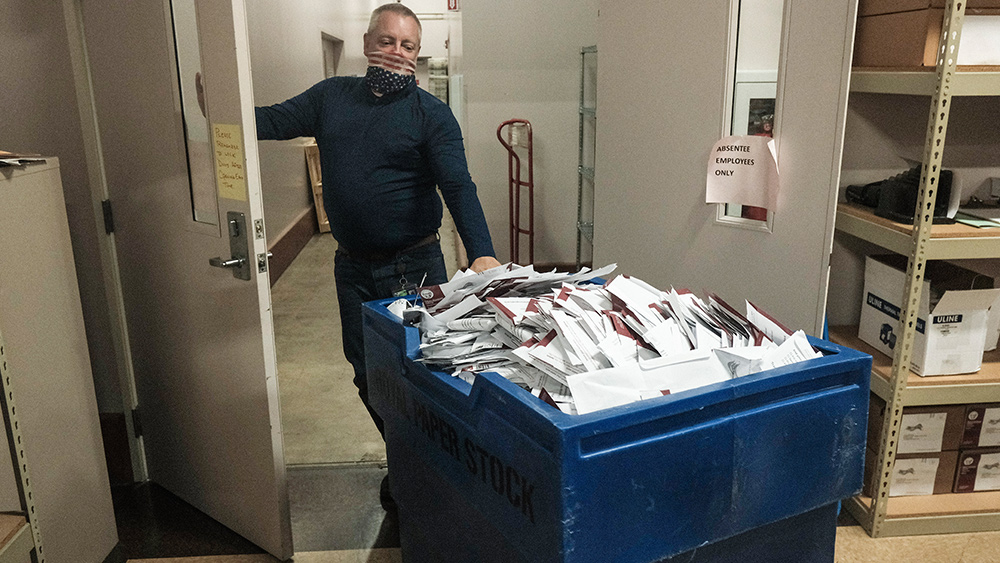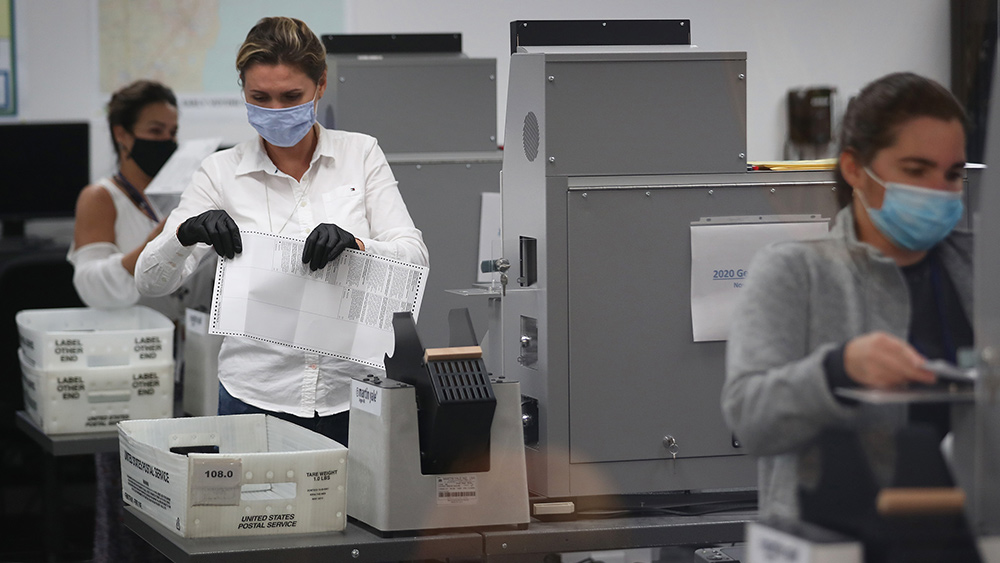CO2 SAVES THE PLANET: Research confirms that high levels of carbon dioxide result in “global greening” as forests and food crops flourish
08/24/2020 / By Virgilio Marin

Plants were efficient absorbers of carbon dioxide during the early Miocene – a period with high levels of carbon dioxide, found a study published in the journal Climate of the Past.
Researchers from New Zealand analyzed plant fossils from a former lake and discovered that the levels of carbon dioxide at the time exceeded those recorded today. They added that Miocene plants had features that equipped them to grow in drier and hotter climate. With such enhanced plants, the high carbon levels provided a “forest fertilization effect.”
These findings are useful in the context of today’s rising levels of carbon dioxide. With the study’s reconstruction of early Miocene as an analog, they provide a picture of the world several years from now.
Efficient early Miocene plants
The Miocene epoch was a time marked by global warming. It occurred from about 23 to 5.3 million years ago and is credited for the appearance of grasslands and kelp forests, underwater ecosystems that are dense with the plant kelp.
During Miocene, global temperatures rose after a period of global cooling in the preceding epoch. Ice largely disappeared at the poles and land became more arid. It is estimated that Earth was 37-44 F hotter than today.
While experts agree that temperatures rose at the time, the levels of carbon dioxide were hotly debated. Some experts contended that carbon levels were around 300 parts per million (ppm) – near the same amount before the Industrial Revolution started. Others estimated that carbon dioxide in the atmosphere reached 400 ppm, which is around today’s global average.
“Evidence has been building that carbon dioxide was high then, but there have been paradoxes,” said lead author Tammo Reichgelt, a scientist at Columbia University.
For the current study, the researchers unearthed plant fossils from a now-extinct volcanic crater located in the city of Dunedin, southern New Zealand. The crater dubbed Foulden Maar once hosted an isolated lake where blackish layers of carbon matter are deposited within the bed, including different leaves from a subtropical evergreen forest.
The researchers analyzed the carbon isotopes within the leaves of a half-dozen tree species. By looking at the isotopes, they could determine the carbon content of the atmosphere at the time. They also examined the geometry of the stomata, pores in a plant tissue used for gas exchange, as well as other anatomical features and compared them to those of modern leaves.
After combining all the data into a model, they discovered that levels of carbon dioxide at the time were about 450 ppm, matching the information on the epoch’s global temperatures.
Furthermore, the leaves absorbed carbon dioxide more efficiently and without leaking much water through the same route. This process of leaking water, called transpiration, is similar to sweating in humans. When too much water is shed, plants could wilt or not grow right. According to the researchers, the leaves under study were able to grow amid the warmer conditions of early Miocene.
Will Earth experience global greening?
By 2040, the levels of carbon dioxide are estimated to reach 450 ppm – similar to the average of the study’s reconstructed early Miocene.
Previous experiments showed that when levels of carbon dioxide rise, various plants increase their rate of photosynthesis. That’s because they can more efficiently remove carbon from the air and conserve water in the process.
In another study, researchers looked at satellite data and found a “global greening” effect that was mainly due to rising levels of anthropogenic carbon dioxide over the recent decades. Leaf volume among a quarter to a half of vegetated lands increased since 1980, said the researchers. And this effect is expected to continue as the levels of carbon dioxide rise. (Related: Carbon Dioxide revealed as the “Miracle Molecule of Life” for re-greening the planet.)
These findings provide a glimpse into Earth decades from now. So far, the scenario is optimistic.
Sources include:
Submit a correction >>
Tagged Under:
agriculture, atmosphere, carbon dioxide, climate science, Earth history, food crops, forests, global greening, global warming, greenhouse gases, greening, Miocene, plants, research
This article may contain statements that reflect the opinion of the author
RECENT NEWS & ARTICLES
Trump.News is a fact-based public education website published by Trump News Features, LLC.
All content copyright © 2018 by Trump News Features, LLC.
Contact Us with Tips or Corrections
All trademarks, registered trademarks and servicemarks mentioned on this site are the property of their respective owners.





















